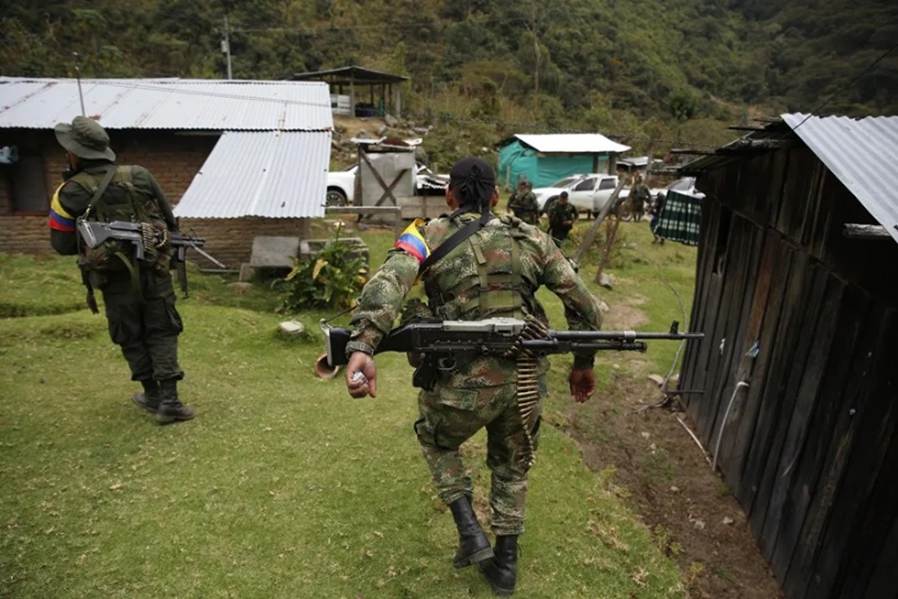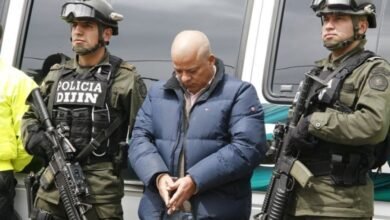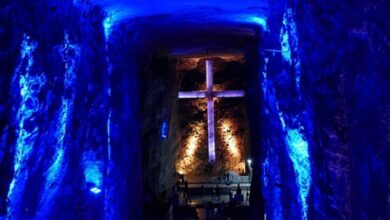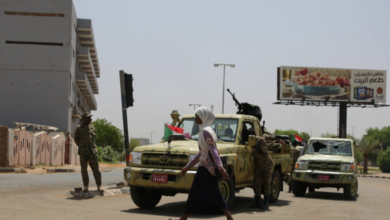Colombia Airstrikes, Child Soldiers, And A Fractured Peace Process Today

Colombia’s latest airstrikes against FARC dissidents have killed recruited children, igniting a storm over humanitarian law, presidential responsibility, and the cruel logic of child soldiers, as President Gustavo Petro defends his strategy while mourning families and investigators demand answers nationwide.
A New War Inside The Old Peace Agreement
When Colombia signed its historic peace deal with the FARC in 2016, many believed the country had finally moved beyond decades of jungle bombings and guerrilla recruitment, but the emergence of groups like EMC reveals how fragile and complex the peace process remains.
The EMC grew out of FARC’s first and seventh fronts, units that rejected the peace agreement and refused to lay down their weapons. According to Colombia’s Defense Ministry, their ranks have swelled by about twenty percent this year, leaving the group with an estimated four thousand armed members. They finance themselves through the familiar engines of Colombia’s illegal economy: drug trafficking, illegal mining, and extortion.
Their operations began in the remote departments of the Orinoquía region—Guaviare, Meta, Guainía, and Vaupés—but they did not stay confined to the jungle. Over time, EMC fronts expanded into Putumayo, Casanare, Arauca, Tolima, Huila, Cauca, Valle del Cauca, and Nariño, pushing into zones that had hoped to see more state presence and less armed control after the peace deal.
President Gustavo Petro initially tried to meet that challenge with dialogue. His administration opened peace talks with the EMC as part of his flagship’ total peace’ policy. But in 2024, those negotiations were suspended amid escalating confrontations, then partially resumed with only a less belligerent faction of the group. The rest of the EMC continued fighting—and recruiting-highlighting the persistent threat to Colombia’s stability.
Iván Mordisco, A Phantom Commander Reappears
At the center of this new conflict is Néstor Gregorio Vera, better known by his alias Iván Mordisco, the man now described as Colombia’s most wanted rebel commander. A former leader of the FARC’s first front, he has become the face of the EMC’s refusal to demobilize.
In July 2022, the Colombian military announced that Mordisco had been killed in a bombing in the southern department of Caquetá. His death was widely reported, celebrated in some quarters, and taken as proof that the state could still decapitate dissident groups. But like other commanders in Colombia’s long war, he proved hard to bury. This year, rumors of his possible death surfaced again after another military operation—only for him to reappear.
Last week, Mordisco resurfaced in a video circulating on social media, threatening the government in direct response to the latest airstrikes. Those attacks, ordered by Petro against EMC camps, had killed at least a dozen minors who had been recruited into the group’s ranks. The message was clear: the EMC would not quietly accept these strikes, even as the country reeled from the revelation that the dead included children.
The video, reported by EFE, complicated the political calculus in Bogotá. The man the state had twice declared dead was not only alive, but was also using the deaths of recruited minors as ammunition in the propaganda war.

Twelve Dead Children And A Humanitarian Minefield
The numbers behind the outrage are stark. Recent bombings against EMC encampments have left at least twelve minors dead, all of them part of the group’s armed ranks. According to Colombia’s Institute of Forensic Medicine, four girls and three boys were killed in a November 11 airstrike in Guaviare, an operation that left twenty guerrillas dead in total.
Another four minors were killed in an October 1 bombing in Caquetá, during an offensive against EMC units that, according to the government, maintained camps with active teen recruitment. A final minor died in a November 13 operation in Arauca, on the border with Venezuela, in an attack aimed at the security ring around Mordisco himself.
Gustavo Petro, once a critic of military actions that harmed minors, now faces the challenge of balancing security operations with the risk that such strikes may perpetuate cycles of violence and hinder long-term peace efforts, especially when children are involved.
The debate has centered on the core principle of international humanitarian law (IHL), known as ‘distinction’: the obligation to differentiate at all times between combatants and civilians, and to take extraordinary measures to protect those who enjoy additional protection, such as children illegally recruited by armed groups, emphasizing the moral responsibility to uphold human rights standards.
The UN Office of the High Commissioner for Human Rights in Colombia expressed its “deep concern” over the deaths of the first seven minors, while simultaneously agreeing with the government that armed groups who recruit minors effectively turn them into “human shields,” an act that constitutes an international crime.
In an interview with EFE, General Luis Carlos Córdoba, commander of Colombia’s Air and Space Force, insisted that bombings against illegal armed groups will continue whenever they are “strictly necessary.” His words underlined the military’s stance: that EMC camps are legitimate targets and that the blame for child casualties lies first with those who recruit them.
Petro Between Total Peace And Total Responsibility
Caught in the middle is President Petro himself. Facing criticism from across the political spectrum, he has publicly assumed political responsibility for the Guaviare operation and formally apologized to the families of the victims. At the same time, he has defended the strike’s legality and necessity.
According to Petro, the operation complied with international humanitarian law because “there were no civilians” present and the Army “did not know” that minors were in the camp. He has argued that the airstrike prevented a potential ambush by roughly 150 EMC fighters against soldiers deployed in the area. In his view, halting such operations would create a perverse incentive for armed groups to recruit even more children, betting that the presence of minors would shield them from air power.
The contradiction is brutal: the state explains the deaths of recruited minors as both a tragic error and a necessary deterrent.
Meanwhile, the very institutions that are supposed to guard the state’s conduct in war have launched their own reviews. Bodies such as the Procuraduría General (Attorney General’s Office for public officials) and the Military and Police Criminal Prosecutor’s Office have opened investigations into the bombings to determine whether the principles of precaution, humanity, and proportionality, as demanded by international humanitarian law, were respected.
For families in Guaviare, Caquetá, and Arauca, those legal terms feel distant from their grief. For communities living under EMC control, the message is equally harsh: the war they thought had ended in 2016 is still being fought, now under the banner of “total peace.”
And for Colombia as a whole, the image is devastating. A government elected on a promise to prioritize dialogue finds itself defending airstrikes that killed children the guerrillas never should have recruited. At the same time, the country’s most wanted dissident commander appears on screen to threaten more bloodshed. In that tension between law, politics, and loss, Colombia’s struggle to escape its own past is once again painfully visible.
Also Read: Venezuela on the Brink: U.S. Warships, Trump’s Threats and a Nation Waiting for the Next Move




